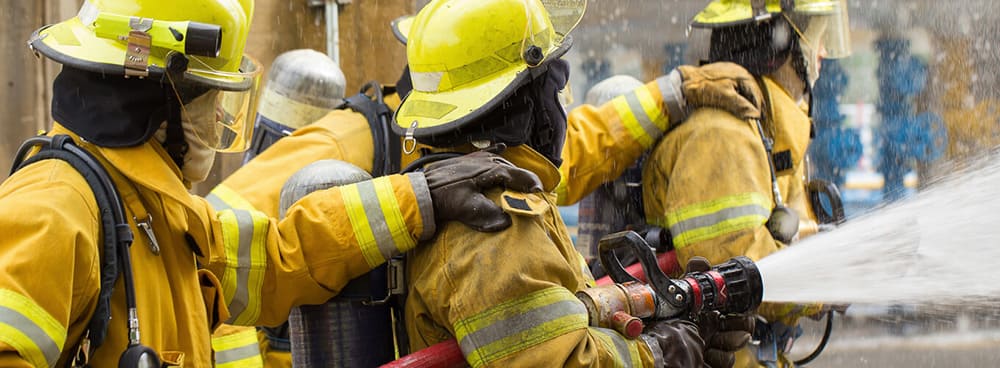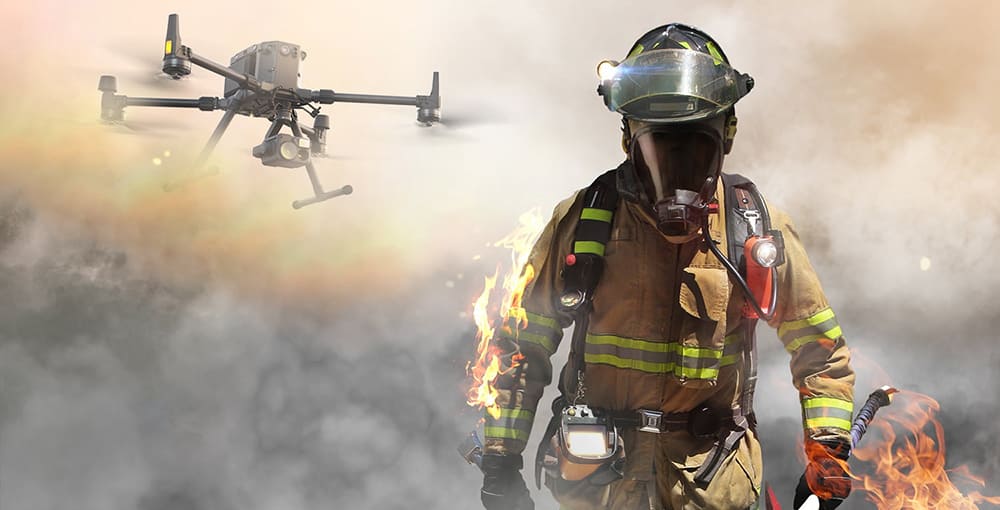Are Firefighter Suits Waterproof? Understanding Protection Against Water Hazards

Firefighters face numerous hazards in the line of duty, and one critical element of their protective gear is the firefighter suit. Among the concerns for firefighters is the exposure to water, whether it's from firefighting operations or rescue missions involving water bodies. This article delves into the question, "Are firefighter suits waterproof?" and explores the essential aspects of firefighter suits in providing protection against water hazards.
Understanding Firefighter Suits:
Firefighter suits, also known as turnout gear or bunker gear, are specially designed to shield firefighters from various risks encountered during firefighting and rescue operations. These suits consist of multiple layers of advanced materials to provide thermal insulation, flame resistance, and physical protection. However, the level of water resistance may vary depending on the specific design and construction of the suit.
Water Resistance in Firefighter Suits:
While firefighter suits are primarily designed to protect against heat and flames, they also offer some level of water resistance. However, it's important to note that not all firefighter suits are completely waterproof. The degree of water resistance can vary based on several factors, including the suit's materials, construction, and additional features.
Waterproof Components:
Firefighter suits commonly incorporate waterproof components in specific areas prone to water exposure. These components include waterproof membranes, sealed seams, and water-repellent coatings. These features help prevent water from penetrating the suit and reaching the firefighter's skin, providing an additional layer of protection against potential water-related hazards.

Limitations and Considerations:
It is crucial to understand that even with water-resistant features, firefighter suits are not completely impermeable to water. The level of water resistance can diminish over time due to wear and tear or exposure to extreme conditions. Moreover, prolonged exposure to water or immersion can eventually compromise the suit's water resistance properties. Firefighters must exercise caution and prioritize their safety when dealing with water-related incidents.
Maintaining Water Resistance:
To ensure optimal performance, firefighter suits require proper maintenance and care. Regular inspections, cleaning, and adherence to manufacturer guidelines are crucial to maintain the suit's water resistance capabilities. Following recommended cleaning procedures and avoiding the use of harsh chemicals or abrasive cleaning methods can help preserve the integrity of the suit's water-resistant components.
Enhancing Water Protection:
In situations where firefighters anticipate significant water exposure, additional protective measures may be necessary. This can include the use of waterproof outer shells or the integration of specialized waterproof equipment, such as dry suits or water rescue gear. These supplementary measures provide enhanced protection against water-related hazards beyond the standard firefighter suit's capabilities.
While firefighter suits offer a certain level of water resistance, they are not entirely waterproof. Firefighter suits are primarily designed to protect against heat, flames, and physical hazards. However, the incorporation of water-resistant components and features helps mitigate water-related risks to some extent. Firefighters should be aware of the limitations and considerations regarding water resistance and prioritize safety by employing appropriate additional protective measures when dealing with water-related incidents.










